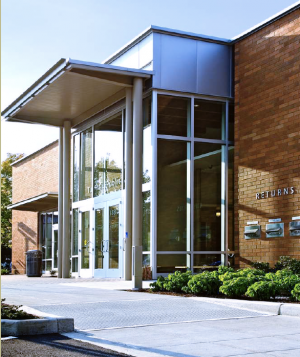- YourGovernment
-
OurCommunity
-
- About Tualatin Advisory Committees Animal Services Community Involvement City Codes City Council City Projects
- Community Crime Reports Customer Service Request Explore Tualatin Now Fire Library Municipal Court Tualatin Today
- Parks & Recreation Passports Permits & Forms Planning & Zoning Police Volunteer Tualatin Moving Forward
-
-
ForVisitors
-
- Parks, Greenways, Recreation and Library Library Parks Public Art Parks and Recreation
- Shopping, Dining, and Entertainment Chamber of Commerce
- Community Events Community Theatre Pumpkin Regatta Special Events
-
- DoingBusiness
-
HowDo I?
-
- Apply for a Job Apply for an Advisory Committee Contact the City Council Get a Copy of a Police Report File a Records Request Find Forms
- Find Planning & Zoning Find Public Transportation Find the City Code Get a Business License Get Email Subscriptions/Notifications Locate City Offices
- Contact the City Pay My Traffic Fine Pay My Water Bill Reserve a Facility Sign Up for a Recreation Program Search the Website Volunteer
-
Building Tualatin's Future: Background Information
For many years following its inception in 1913, Tualatin looked and felt like many small farming towns in Oregon. That dynamic began to change in the 1970s with the boom of the high tech industry and population growth within the Portland-Metro area. Over time, Tualatin has diversified economically, and become a premier residential community hosting more than 26,000 residents. This growth has increased demand for consolidated service delivery. The opportunity to consolidate services in one central location and expand the Tualatin Library means one-stop shopping for your city services and more community space for public meetings, events and programs.
The City has never had a central home, and there are inefficiencies that come from being in so many different locations. Many of the City’s buildings are not seismically updated and do not meet current codes. Library staff and volunteers share desks, lockers and workspaces in a small workroom while also sorting and managing the library’s materials and collections. The City leases office space and has moved staff temporarily into the old houses which were not designed as offices in Community Park to meet space needs. This has led to:
- Inconvenience and confusion experienced by customers who travel from building to building to do business;
- Working conditions that do not meet current code standards for employees;
- Separated departments which has led to operational inefficiencies; and,
- Additional costs to set up and take down a temporary Council Chambers and Municipal Court.
In 2014-15, the City conducted a facilities study and collected hundreds of ideas from the community on locations for a future Civic Center and priorities for expanded library space. The study determined how much office space and library space was needed, and alternatives were narrowed to two feasible options including a site next to the Tualatin Police Department and a site on the Tualatin Commons.

